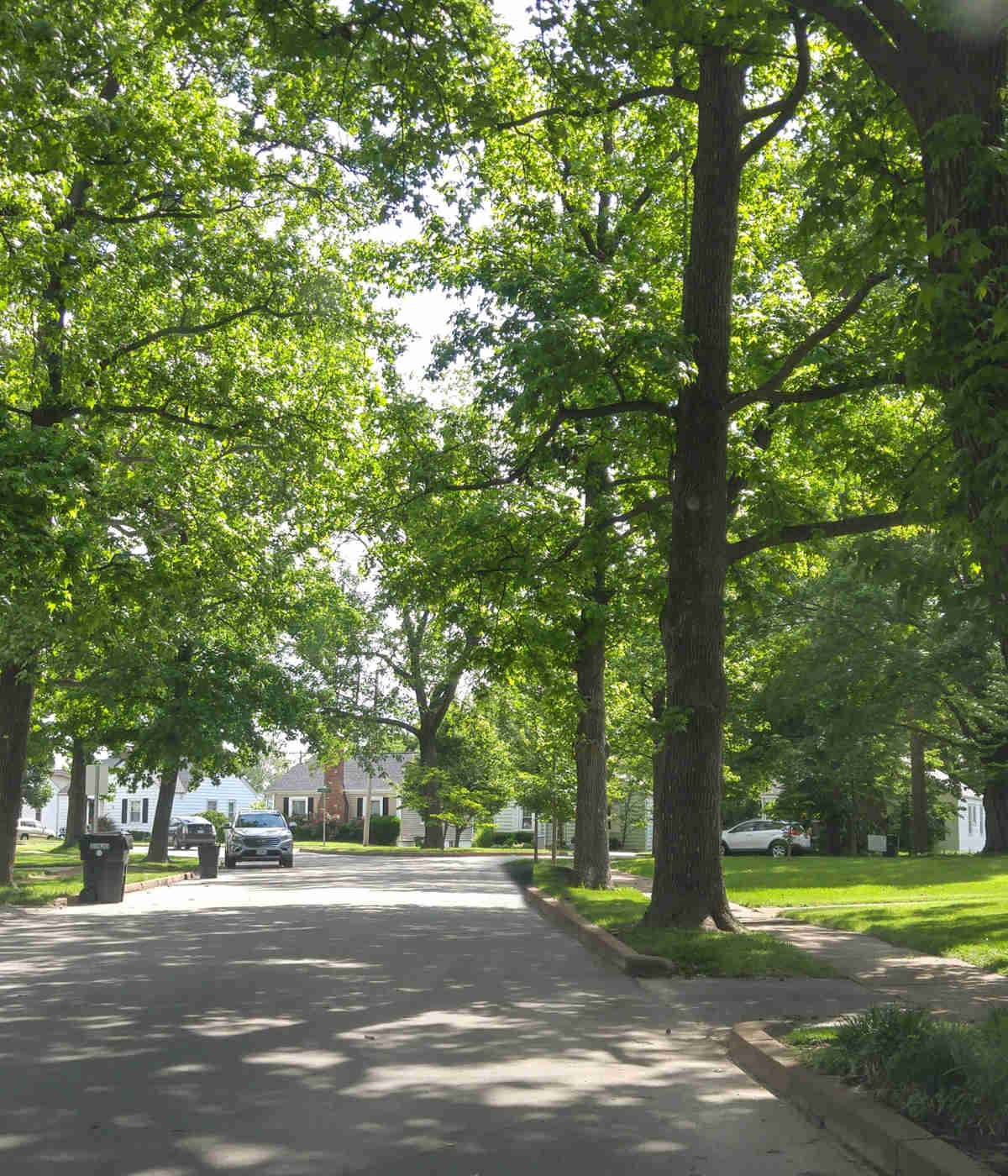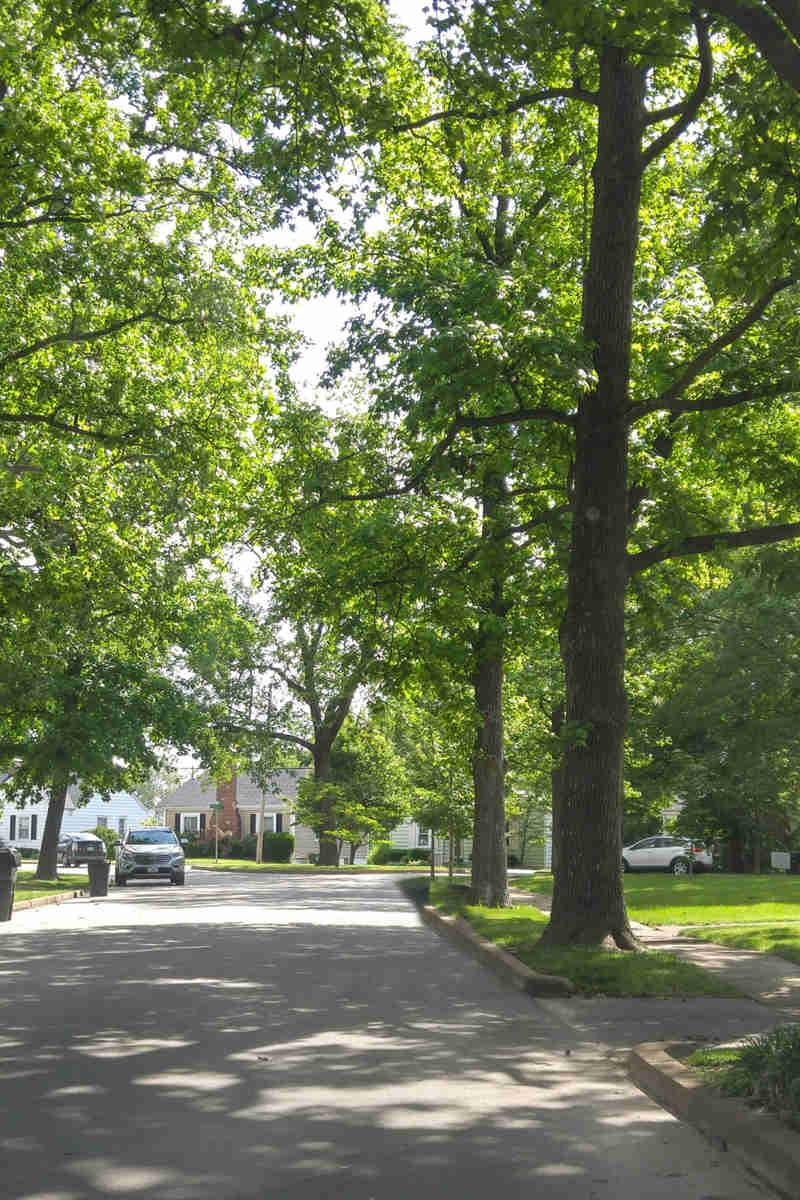What is Dormant Pruning and Why is it So Important?
From our perspective, if a tree has dropped its leaves, it’s much easier to identify issues than in the summer, when they obstruct the view of the actual branches. From the tree’s point of view, they experience less stress during the dormant season because soil moisture is generally good, summer temperatures have moderated, and the tree is preparing for winter. That means the dormant season is the best option; easiest for the crew members, most gentle on the trees themselves.
And while not every tree needs to be pruned every year, not keeping up with regular pruning can be incredibly detrimental to trees.
- Structural Issues – Trees can develop poor branch structures, and weight distribution can be thrown off over time, posing hazards to people and property – especially during storms.
- Health Problems – Dead, decaying, or infested branches that go unchecked can spread disease and create a bigger issue if not removed. This ultimately weakens the canopy and can even kill the tree.
- Aesthetics – Even a full canopy can’t hide dead or broken branches. Whether they’re visible through the leaves or littered on the ground, dead branches give off an unhealthy image that hurts your property’s overall image.
Dormant Pruning Best Practices
Pruning isn’t just a task to accomplish. It’s a procedure that requires attention, expertise, and care – all things that only a trained professional can provide. Hiring an ISA Certified Arborist® is the best way to ensure that your trees are pruned correctly. Here are a couple of key things to keep in mind when talking with your arborist about a dormant pruning program.
- Identify which trees can be pruned in the fall, vs. which species should wait until late winter or spring and be sure to confirm this with your arborist.
- Be sure they use sharp, clean tools to minimize damage to bark, and reduce the chance of disease transmission.
- While assessing your trees together, look for the “Three Ds” – dead, diseased, and decayed branches to remove first. Working systematically helps eliminate missed branches and makes work more efficient.
- Be sure they don't remove more than around 25% of the tree’s canopy in a single year. This can have negative effects on the tree’s ability to thrive after it leafs out in the spring.
- Safety is critical when pruning – for both the crew members and the people on your property. Be sure your arborists mark off drop zones and provide signage when pruning to ensure that people and property are as safe as possible when crews are performing work.
So before you call it a season, be sure to stay on top of your fall tree care needs, including dormant pruning. And although it may seem like something you or your team can handle, pruning is a job best left to the professionals. Contacting your landscape and tree care provider to schedule a property assessment and developing a tree care maintenance plan will go a long way to ensuring you have healthy, resilient trees for years to come.



